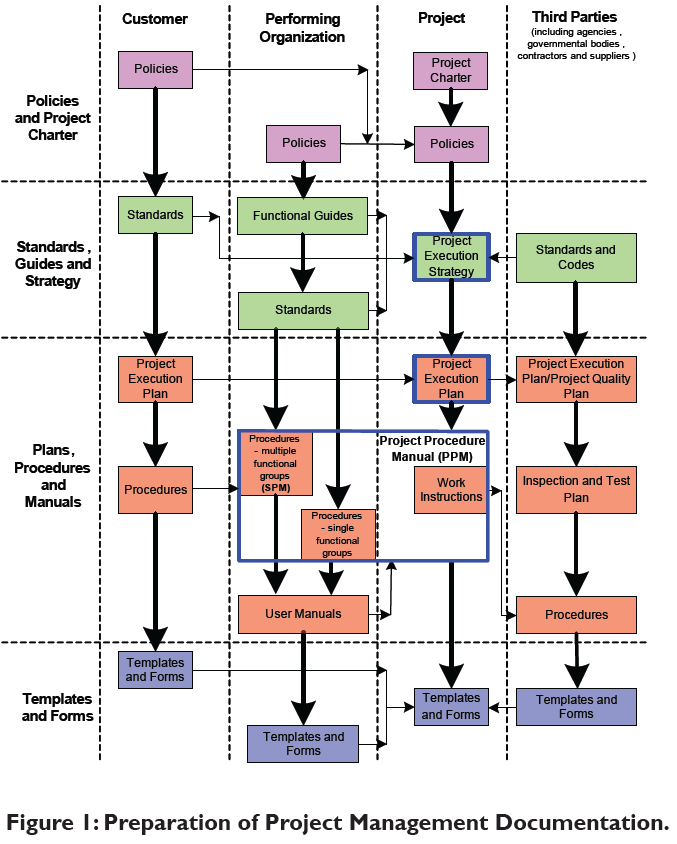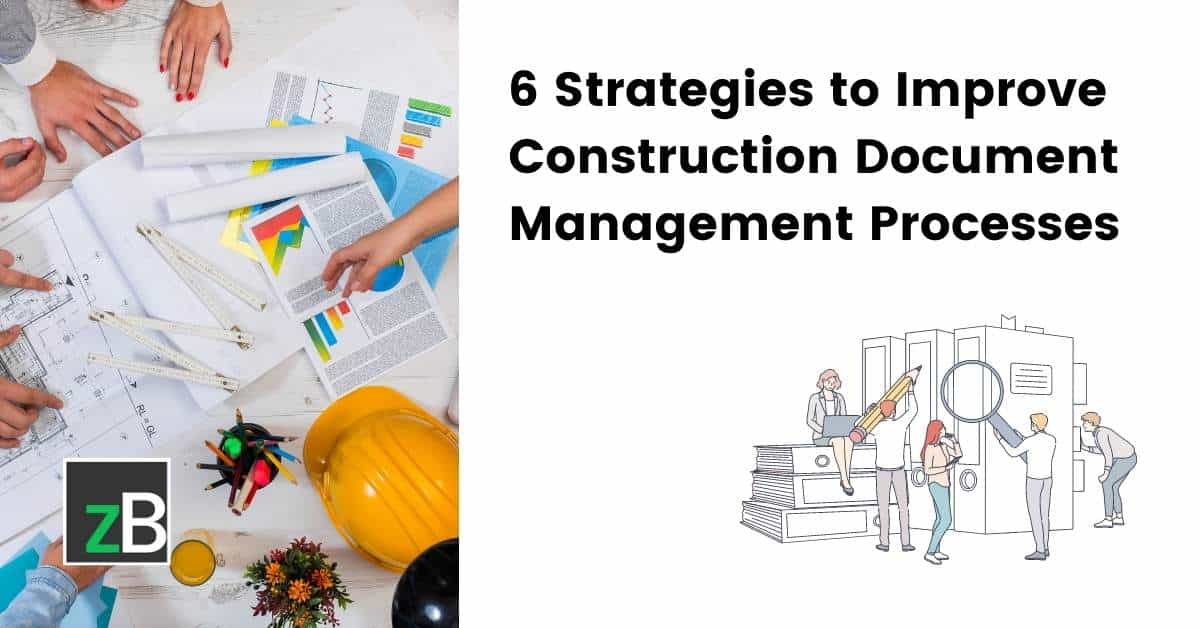Streamline Your Operations: Construction Document Management Made Easy
Streamline Your Operations: Construction Document Management Made Easy
Blog Article
Designer's Overview to Streamlining Building And Construction File Management for Efficient Job Implementation
The process of arranging, sharing, and keeping these papers can typically come to be a labyrinth of ineffectiveness and obstacles if not managed meticulously. By exploring methodical approaches, cutting-edge devices, and sector ideal methods, architects can not only improve their document monitoring processes yet also pave the way for a lot more efficient job implementation.
Relevance of Reliable Document Administration
Reliable record monitoring is vital for designers in the building sector as it plays a critical function in making certain the successful execution of jobs. Proper organization and administration of these records are crucial to keep task timelines, ensure compliance with regulations, and help with efficient interaction amongst task stakeholders.

Effective file management enables architects to gain access to important info quickly, track job progress accurately, and reduce dangers connected with omissions or mistakes. By executing streamlined record administration processes, designers can improve cooperation with customers, specialists, and various other staff member, leading to improved job results and customer contentment.
Additionally, effective record management assists architects keep a detailed task background, allowing them to take advantage of past lessons and experiences discovered for future jobs. In today's hectic building and construction sector, where prompt decision-making and details sharing are critical, effective paper management is a foundation for success.
Methods for Streamlining Document Organization
Effective record administration practices not only make certain job success for architects in the construction sector however likewise lay the foundation for implementing approaches for simplifying paper company. To improve document company effectively, architects need to first establish a clear naming convention for folders and documents. Uniformity in calling documents based on job phases, file kinds, and pertinent info will certainly help with easy access and reduce confusion.
Using cloud-based storage solutions can also improve file company by offering a central place for all project-related files - construction document management. This enables employee to access the most current records from anywhere, advertising collaboration and performance. Executing version control systems further refines record organization by tracking adjustments, preventing conflicting edits, and ensuring that the most recent versions are always readily available
Furthermore, creating a sensible folder framework with marked subfolders for various record classifications, such as agreements, drawings, and specifications, can simplify document management processes. Consistently reviewing and removing obsolete or redundant documents will aid preserve a lean and orderly paper repository, ultimately enhancing productivity and job results.
Leveraging Technology Tools for Partnership
In the realm of modern-day architecture, architects are progressively depending on sophisticated technology tools to foster smooth cooperation amongst job stakeholders. Cloud-based platforms such as BIM 360 and Procore allow real-time accessibility to task files, making it possible for professionals, customers, and designers to team up properly regardless of their physical area.
Digital style and building and construction (VDC) software application like Revit and AutoCAD Style enable designers to create comprehensive 3D versions that can be shared and modified collaboratively. This real-time partnership enhances layout control, accuracy, and visualization, leading to far better decision-making throughout the job lifecycle. In addition, communication devices like Slack and Microsoft Teams provide immediate messaging, visit site documents sharing, and video clip conferencing capacities, cultivating smooth interaction amongst employee and stakeholders.
Making Sure Precision and Variation Control

Efficient variation control likewise assists in managing paper authorizations and making certain that only accredited employees make adjustments. Designers need to establish clear protocols for recording changes, consisting of timestamps and customer recognition, to create an audit path for responsibility. On a regular basis communicating with the task team concerning version updates and adjustments is important to prevent confusion and maintain alignment throughout the building procedure.
Finest Practices for Record Sharing and Access
Having established a durable system for variation control in construction document administration, designers can currently focus on optimizing document sharing and gain access to methods to boost partnership and effectiveness among project stakeholders. Among the most effective practices for effective file sharing is to use cloud-based systems. These platforms offer real-time accessibility to task papers, making it possible for team participants to view, edit, and talk about data concurrently. By streamlining files in a cloud atmosphere, architects can make sure that all stakeholders are working with one of the most current details.
Additionally, executing role-based accessibility control is crucial for keeping data safety and security while assisting in cooperation. Appointing different consent degrees to team participants guarantees that sensitive information is just available to authorized personnel. Frequently upgrading access approvals based on job needs and team modifications is vital for keeping data integrity.
Incorporating job management software application with record sharing platforms can also simplify operations. This combination enables smooth interaction, task monitoring, and document administration within a solitary interface, decreasing the need to switch over between several tools. By complying with these finest practices, designers can create a more reliable and collective file sharing environment, ultimately bring about successful project implementation.

Conclusion
In verdict, efficient building and construction paper monitoring is critical for effective project implementation. By carrying out strategies for organization, leveraging innovation tools for collaboration, making certain accuracy and version control, along with following ideal methods for file sharing and accessibility, designers can improve their pop over to these guys process and enhance total task performance. Focusing on these aspects of paper monitoring will certainly lead to smoother project implementation and better end results for all stakeholders included.
Effective paper management is important for engineers in the building and construction industry as it plays a crucial check my source duty in making certain the successful implementation of projects. construction document management. Appropriate organization and management of these files are imperative to maintain job timelines, ensure conformity with regulations, and promote effective interaction amongst project stakeholders
Reliable paper management methods not only make sure job success for designers in the construction sector yet additionally lay the structure for implementing methods for enhancing file company. One vital technique is developing a central document database where all group members can access the newest versions of drawings, specifications, and various other task documents.Having developed a durable system for version control in building and construction record administration, engineers can currently focus on maximizing paper sharing and accessibility methods to enhance partnership and performance among task stakeholders.
Report this page